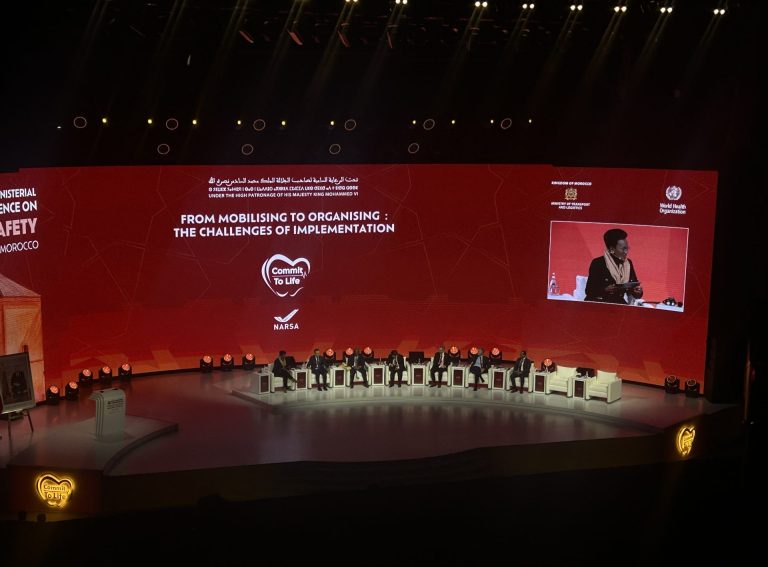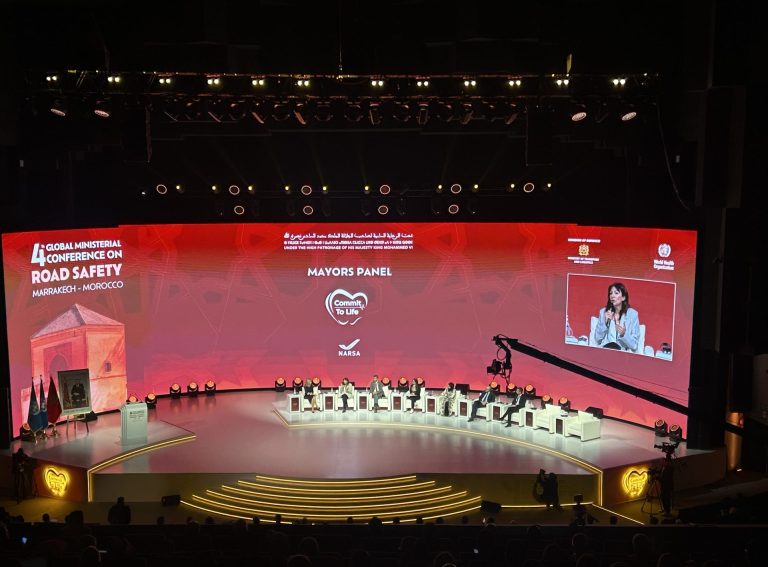Europe has had e-scooter sharing services for a few years now. Having moved beyond the initial big launches, often within a “free for all” market, the industry is starting to adapt and innovate to the needs of users, local authorities and residents, in the towns and cities where the services are available.
Several larger cities have started to allow operators on a restricted permits basis, and stipulations in certain areas have resulted in some changes to the operating models.
Fluctuo, a micromobility intelligence platform, has published its latest European Shared Mobility Index. The report focuses on 16 of the largest European cities where micromobility (bike, scooter and moped) and car sharing services are available, looking at the range, size and scope of the operations.
It is a good summary of the state of play for mobility sharing services currently on the continent. Here’s our highlights from the report, focusing particularly on e-scooters.
INVESTMENTS
The report highlights that, even in the difficult last year, there are substantial investments being made in many of the mobility operators present in Europe. Dott has recently announced a €70m investment, GO Sharing was funded by €50m, and Helbiz received €16m. This represents just three of the many firms expanding their resources.
PANDEMIC
The COVID-19 pandemic has had a mixed impact on the various forms of shared mobility services. Preference for them over, for example, public transport, for socially distanced travel, has to be counterbalanced by fewer trips being made to offices and restaurants in general, with recreational usages being the main driver of increases, resulting in larger seasonal swings for, in particular, scooters and bicycles. Mopeds and car-sharing have been less affected.
COMPETITION
Like London’s forthcoming operation, Paris tendered for a competitive operation, with three companies – Lime, Dott and Tier – being given contracts to operate within the French capital. Other European cities also have multiple fleets present, promoting choice and value.
Some cities which have not yet launched a permit-based system have many competing operators. Bordeaux has 10 companies competing against each other, while Rome and Milan each have seven operators providing e-scooters for sharing. Too much competition? Is clutter occurring with so many different scooter colours on each street corner?
MOPEDS
Mopeds are part of the micromobility sharing mix in continental Europe, along with e-scooters and (e-)bicycles. Barcelona has the largest number of shared mopeds of the big European cities studied, closely followed by nearby Madrid and then Milan.
SIZE
Many of the systems in the cities are very large, and combining rival fleet numbers reveals a substantial number of vehicles. While Paris is the king of shared mobility in general, Berlin has the largest number of scooters for hire at over 16,000, while Paris, Oslo, Rome and Stockholm have more than 10,000.
Oslo and Stockholm’s numbers in particular are notable as these are relatively small cities. This means there is a high density of shared scooters per block of residents in these cities, allowing for greater availability and opportunities for many new types of journeys to be made.
Numbers from the European Shared Mobility Index by Fluctuo, available at https://european-index.fluctuo.com/




